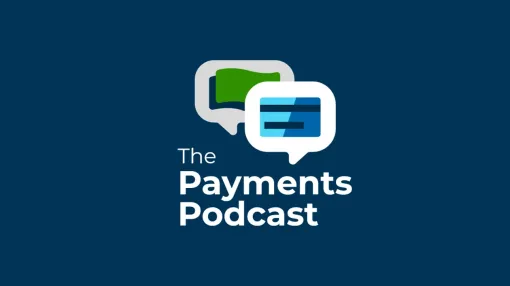If you’re in the market for a new phone, you’re not likely to consider one that connects to a landline. So why then are so many of today’s businesses making payments using antiquated business payments technology akin to the landline? Sure, paper checks play a role in that analogy. But the truth is, your payment mix is almost as important as utilizing the latest payment technologies.
The good news is the move towards payment automation has accelerated over the last few years. In fact, a recent Ardent Partners survey found that electronic payments are now used for 60% of B2B payments, the highest percentage since 2010. And yet, this still means that 40% of payments are being made with manual, paper-based processes. So, why should you move away from the manual and to fully automated business payments? These processes are expensive, difficult to track, and inefficient. They’re not very user-friendly, especially during times of economic stress when cashflow is so important to maintaining business continuity.
With that in mind, it makes sense that more CFOs and finance practitioners are scrutinizing the way their accounts payable teams are processing payments. This renewed focus on payments plus the emergence of new payment automation solutions explains the uptick in the digital transformation of payment processes.
In that same report, respondents listed increased control of payment timing as the top benefit of using electronic payment methods to pay vendors. Indeed, electronic payments remove the ‘float’ time that’s inherent in paper checks. That’s the time between when the check is sent and when it’s deposited. This float time is like a blackout period. They aren’t trackable while in transit, and the payer has no control over when they are deposited after receipt. On the contrary, electronic payments provide full visibility into the payment journey, from the first step to the last. This visibility is like being able to see the caller ID, and duration and date of call on your smartphone, instead of waiting for your monthly phone statement to arrive.
As mentioned earlier, the move to electronic payments is a good first step, but it’s the mix that really matters. More than likely, your list of vendors includes a variety of vendor types – large and small businesses, low and high invoice amounts, domestic and global. That’s why finding the right balance of payment options should be the lynchpin of your AP payment strategy. Optimizing your B2B payment mix for maximum benefit can be a complicated journey but segmenting your vendor list based on the attributes previously listed is a good place to start.
Once you have your vendors segmented, you can determine which payment type works best for each segment. A typical mix might include ACH, wire transfers and virtual credit cards – with paper checks for those vendors not equipped to receive electronic payments. The right mix will give your vendors the option to choose their preferred payment method, leading to stronger vendor relationships, increased visibility and improved efficiencies for both sides.
Virtual credit cards are a more recent addition and have been picking up momentum as a way to manage spend and bring value to payers and vendors. The way this payment method works is by generating a single-use credit card number for each predefined transaction. Since these numbers expire after the transaction is completed, virtual credit card transactions provide a proven layer of protection against fraudsters. For payers, cash-back rebates are also available with certain virtual card solutions, increasing cost savings. For vendors, virtual credit cards provide faster payment and improved remittance data – both of which help with improved cash management.
With such a broad range of B2B payment options available today, including checks, it’s increasingly attractive and easier for businesses, CFOs and controllers to find reasons to make the move toward a more digitized and automated payments process. Optimizing that payment mix to maximize flexibility and inform strategic business decisions will greatly benefit both you and your suppliers.


